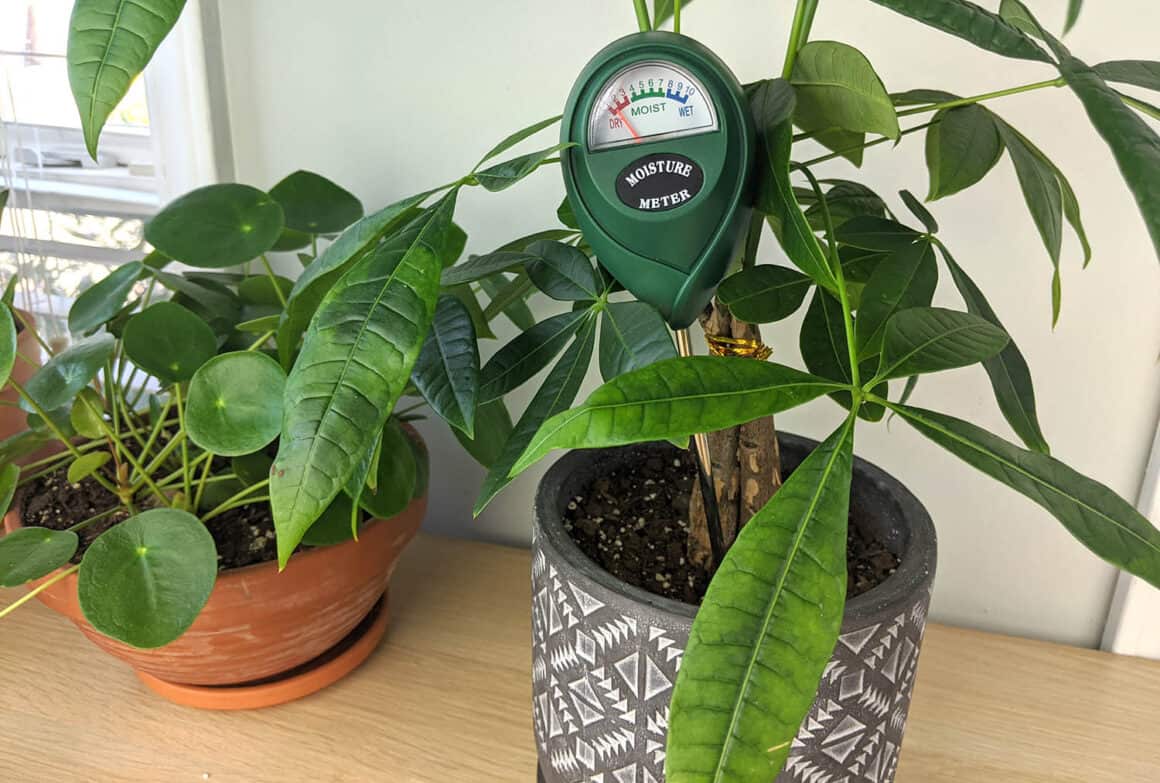Unlocking the Secrets of Money Tree Care
The money tree, a popular ornamental plant, is renowned for its braided trunk and lush green foliage. Believed to bring good fortune and prosperity, this low-maintenance plant is a great addition to any home or office. However, to reap the benefits of having a money tree, it’s essential to provide it with proper care, particularly when it comes to watering. In fact, understanding how often to water a money tree is crucial to ensure its health and longevity. With the right watering technique, a money tree can thrive and become a beautiful addition to any space. By learning the basics of money tree care, you can enjoy the many benefits this plant has to offer.
Understanding the Watering Needs of Your Money Tree
When it comes to watering a money tree, several factors come into play. The soil type, climate, and pot size all affect the watering needs of this plant. For instance, money trees grown in well-draining soil may require more frequent watering than those in dense, moisture-retentive soil. Similarly, money trees in hot and dry climates may need more water than those in cool and humid environments. The pot size also plays a crucial role, as smaller pots dry out faster than larger ones. Understanding these factors is essential to determine how often to water a money tree and ensure it receives the right amount of moisture. By considering these factors, you can tailor your watering schedule to meet the unique needs of your money tree.
How to Check the Soil Moisture of Your Money Tree
Accurately assessing the soil moisture of a money tree is crucial to determine how often to water it. There are two reliable methods to check the soil moisture: the finger test and the moisture meter method. The finger test involves inserting your index finger into the soil up to the first knuckle. If the soil feels dry, it’s time to water. If it’s already moist, wait a few more days before watering again. The moisture meter method, on the other hand, uses a device to measure the soil’s moisture levels. This method provides a more precise reading, especially for those new to caring for a money tree. By regularly checking the soil moisture, you can ensure your money tree receives the right amount of water, preventing overwatering and underwatering.
The Ideal Watering Schedule for Your Money Tree
Establishing a suitable watering schedule is crucial to ensure the health and prosperity of a money tree. As a general guideline, a money tree typically requires watering once a week during the spring and summer months when it’s actively growing. During the fall and winter months, the frequency can be reduced to once every 10-14 days, as the plant’s growth slows down. However, it’s essential to remember that these are general guidelines, and the specific watering needs of a money tree can vary depending on factors such as soil type, climate, and pot size. To determine how often to water a money tree, it’s recommended to check the soil moisture regularly, using the finger test or moisture meter method. By doing so, you can adjust the watering schedule accordingly, providing the right amount of water to support the plant’s growth.
Watering Mistakes to Avoid with Your Money Tree
When it comes to watering a money tree, it’s essential to avoid common mistakes that can harm the plant. Overwatering is one of the most common mistakes, which can lead to root rot and other problems. To avoid overwatering, make sure to check the soil moisture regularly and adjust the watering schedule accordingly. Another mistake is underwatering, which can cause the leaves to turn yellow and drop. To prevent underwatering, ensure that the soil is consistently moist but not waterlogged. Other mistakes to avoid include watering too frequently, not allowing the soil to dry out between waterings, and using cold water, which can shock the roots. By being aware of these common mistakes, you can take steps to prevent them and ensure your money tree receives the right amount of water to thrive. Remember, understanding how often to water a money tree is crucial to its health and prosperity.
Seasonal Watering Adjustments for Your Money Tree
As the seasons change, so do the watering needs of a money tree. To ensure optimal health and growth, it’s essential to adjust the watering schedule accordingly. During the winter months, a money tree requires less water due to the cooler temperatures and reduced growth. Watering once every 4-6 weeks is usually sufficient. In the spring, as the weather warms up and the plant begins to grow, increase the frequency of watering to once every 1-2 weeks. Summer is the peak growing season, and a money tree may require watering every 7-10 days. Finally, in the fall, reduce the frequency of watering again as the plant prepares for the dormant winter period. By adjusting the watering schedule according to the seasons, you can ensure your money tree receives the right amount of water to thrive. Remember, understanding how often to water a money tree is crucial to its health and prosperity, and seasonal adjustments are a critical part of that process.
Watering Tips for Money Trees in Different Environments
Money trees can thrive in various environments, including indoor, outdoor, and greenhouse settings. However, each environment presents unique challenges and requires specific watering adjustments. For indoor money trees, it’s essential to water sparingly, as the air tends to be drier and the plant may not receive as much natural light. Watering once every 1-2 weeks is usually sufficient. Outdoor money trees, on the other hand, require more frequent watering, especially during hot and dry weather conditions. Watering every 7-10 days is recommended. Greenhouse money trees, which are exposed to high temperatures and humidity, may require daily watering, especially during the summer months. Additionally, consider the specific climate and region you’re in, as this can also impact how often to water a money tree. For example, money trees in dry and arid regions may require more frequent watering, while those in humid and tropical regions may require less. By understanding the specific watering needs of your money tree based on its environment, you can ensure it receives the right amount of water to thrive.
Monitoring Your Money Tree’s Response to Watering
Proper watering is crucial to the health and prosperity of a money tree. However, it’s equally important to monitor the plant’s response to watering to ensure it’s receiving the right amount of water. Overwatering can lead to root rot, while underwatering can cause the leaves to turn yellow and drop. To avoid these common mistakes, it’s essential to observe your money tree’s response to watering. Check for signs of overwatering, such as soft, mushy stems, yellowing leaves, and water pooling around the base of the plant. On the other hand, signs of underwatering include dry, crispy leaves, and a general droopy appearance. By monitoring your money tree’s response to watering, you can adjust the watering schedule accordingly. For example, if you notice the soil is drying out too quickly, you may need to increase the frequency of watering. Conversely, if the soil is consistently waterlogged, you may need to reduce the frequency of watering. Remember, understanding how often to water a money tree is not a one-size-fits-all solution, and monitoring the plant’s response is key to providing the right amount of water. By doing so, you can ensure your money tree thrives and brings prosperity to your space.


:strip_icc()/money-tree-6824218-be3f7a4c3ba449209bb387ea7a3e13d2.jpg)






